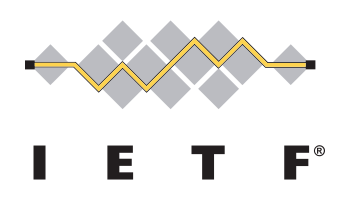You may pay a fixed price for "unlimited" service, but that doesn't mean your ISP's costs are limited. In fact, the question of cost highlights the flawed assumptions by those who engage in junk email marketing, and those who defend it.
It is not always apparent to the end user, much less the junk emailer, that there are many different places along the process of transmitting and delivering email where costs are incurred. In the Internet world, "cost" equals many different things besides money charged on a metered basis.
For example, for an Internet service provider, "cost" includes things you might not even think of, such as the load on the processor in their mail servers. "CPU time" is a precious commodity and processor performance is a critical issue for ISPs. When a server is tied up processing spam, it creates a drag on all of the mail that must pass through it — wanted and unwanted alike. This is also a problem with "filtering" schemes; filtering email consumes vast amounts of CPU time and is the primary reason most ISPs cannot implement it as a strategy for eliminating junk email.
ISPs purchase bandwidth — their connection to the rest of the Internet — based on their projected usage by their prospective user base. For most small to midsized ISPs, bandwidth costs are among one of the greatest portions of their budget and contributes to the reason why many ISPs have a tiny profit margin. Sans junk email, greater consumption of bandwidth would normally track with increased numbers of customers. However, when an outside entity (e.g., the junk emailer) begins to consume an ISP's bandwidth, the ISP has few choices:
- Let the paying customers cope with slower Internet access
- Absorb the costs of increasing bandwidth, which may effect the types of services offered
- Raise rates.
In short, the recipients are still forced to bear costs that the advertiser has avoided. For more information about costs to businesses, please refer to an article from eWeek.

















